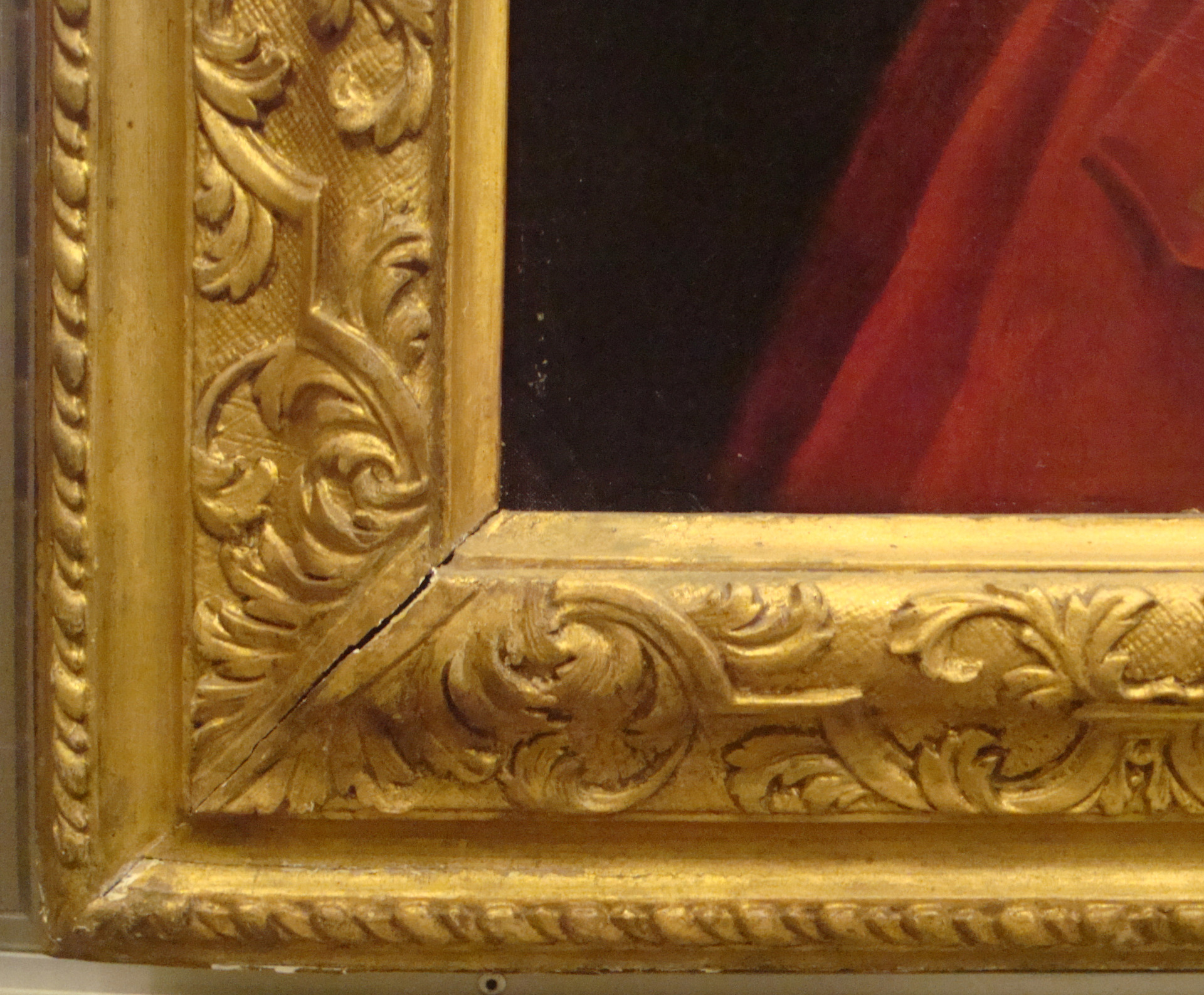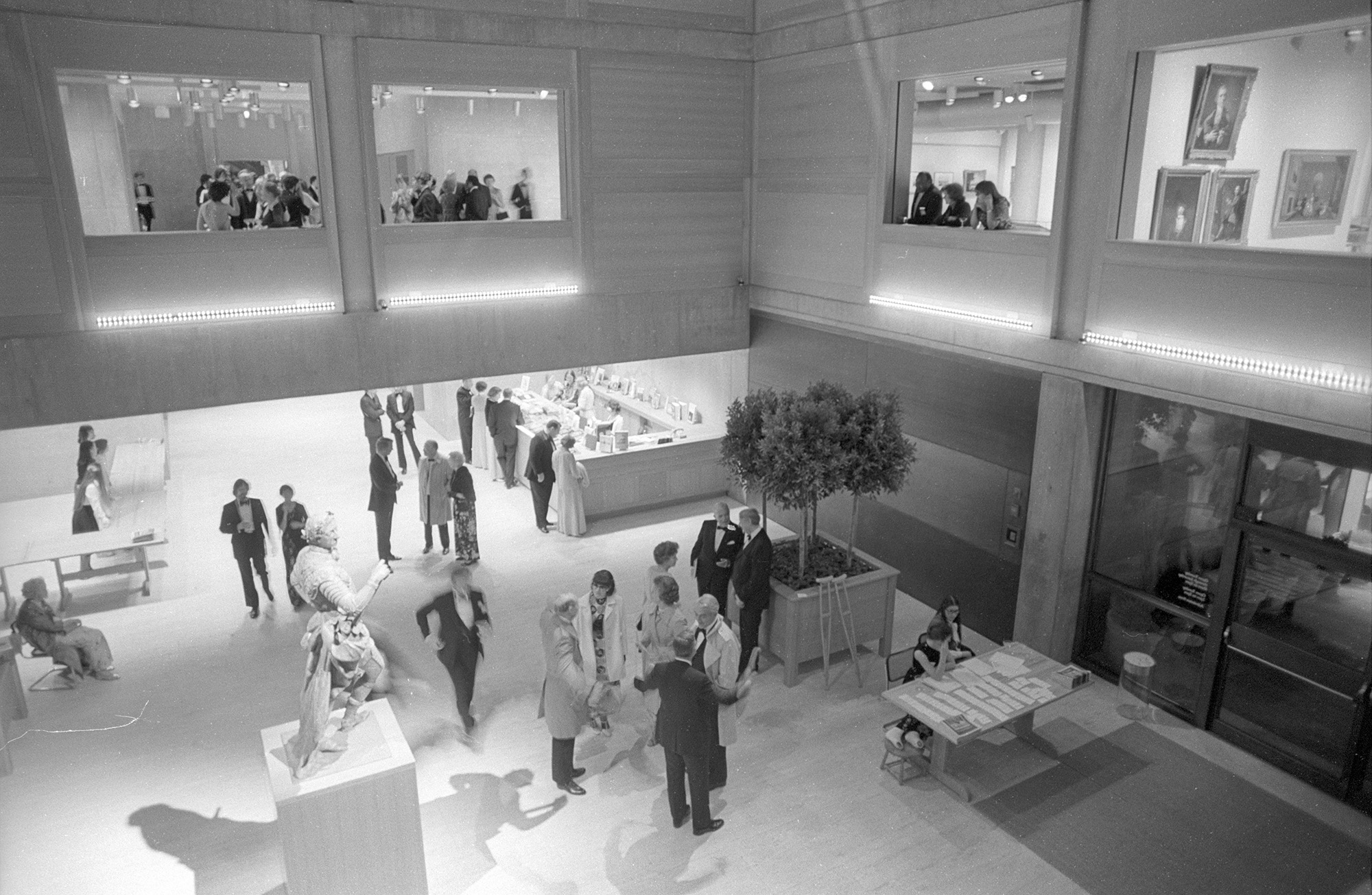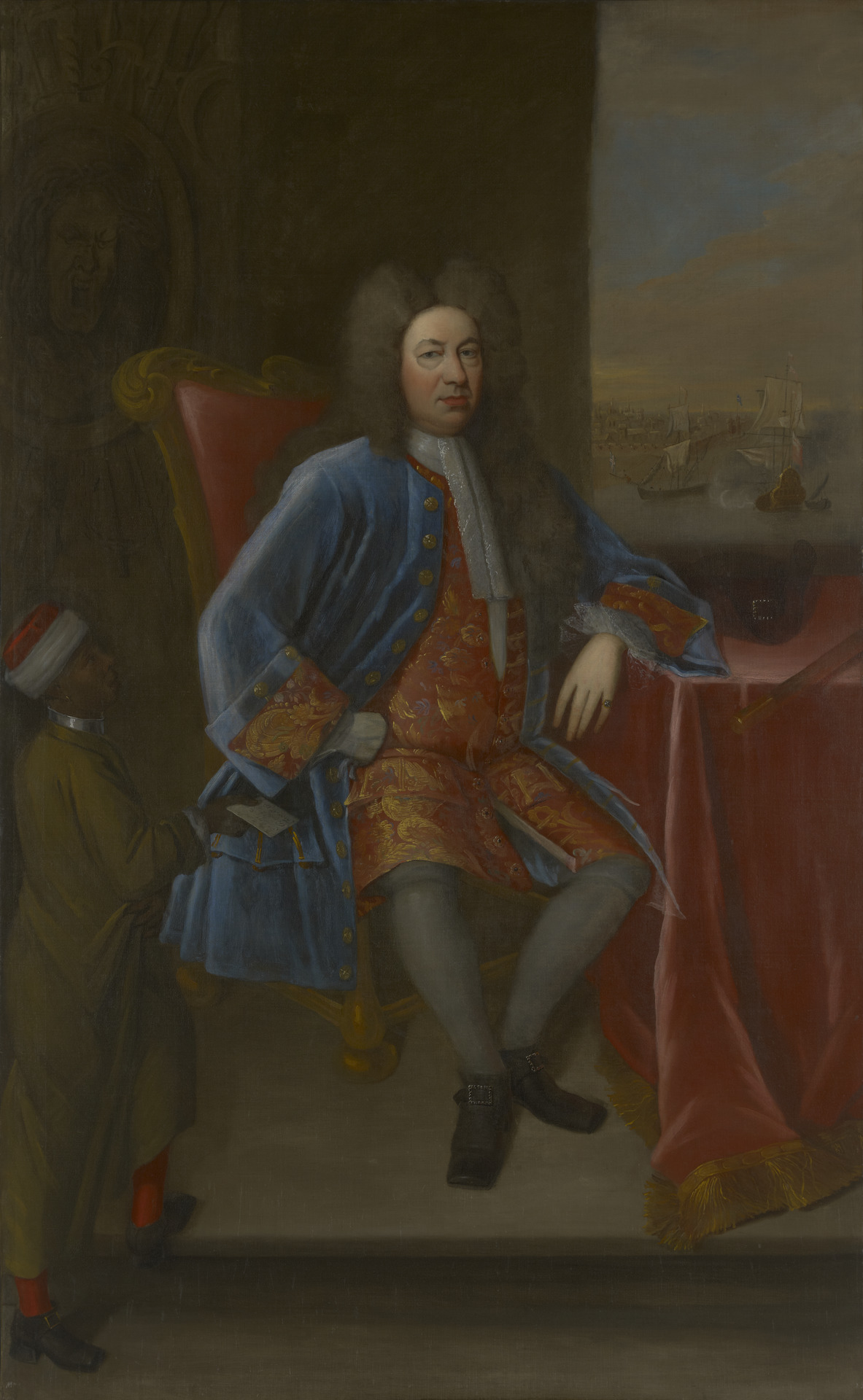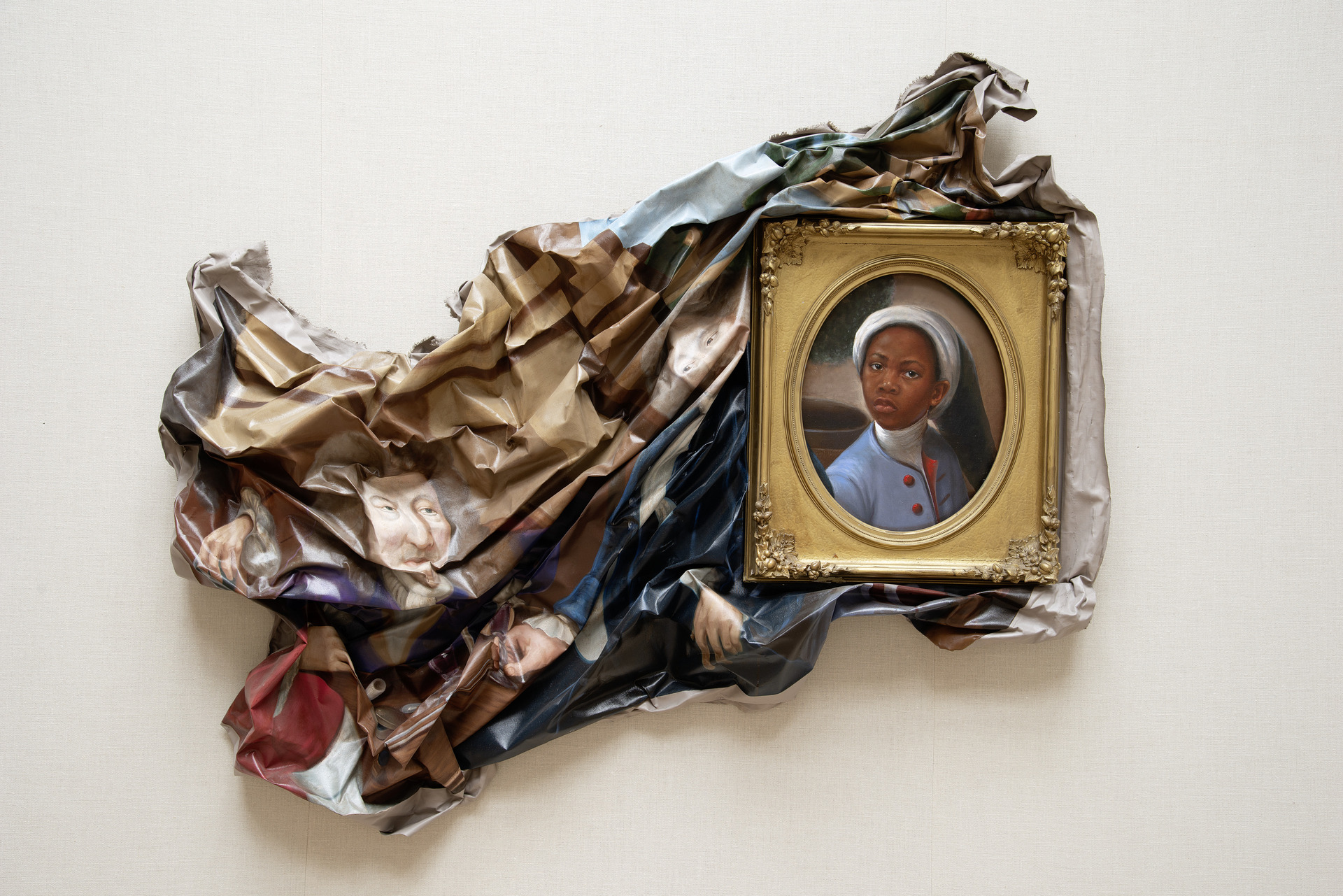Timeline 1969–2021
This period focuses on Elihu Yale's presence after the conception of the Center in 1969 to 2021.
1969
On February 14, Thomas S. Wragg, keeper of the Devonshire Collections, writes to Professor Louis L. Martz, Saybrook College, Yale, suppling a picture of the group portrait and giving his blessing that “you may of course show it to anyone who may be interested.” Martz shows this picture to Jules Prown, director of the Paul Mellon Center for British Art (later the Yale Center for British Art).
On April 15, Jules Prown writes to Paul Mellon, the Center’s founder, and describes the picture, sharing Wragg’s suggestion “that it might be available for purchase.” Prown goes on to say that “the painting is appealing and interesting in itself, and of exceptional interest here because of the Yale portrait. . . . If it is agreeable with you, I would like to investigate further, hopefully getting to see the picture next time I am in England and determining a price if the picture is indeed for sale.”
On July 14, Jules Prown writes to Thomas S. Wragg, thanking him for a pleasant visit to Chatsworth: “I was delighted to have the chance to see the large Yale-Cavendish portrait group, and am enthralled by the possibility that we might be able to acquire it for Yale. The likeness of Elihu Yale in the Center is superb. It would be splendid if Yale possessed such a powerful likeness from life of the man after whom this university was named. Furthermore, the painting would be an important exhibit at the Mellon Center, underlining the ties between England and America that have been so important for America and her institutions.”
On July 14, Jules Prown writes to Paul Mellon to describe his enthusiasm for picture and also noting the following: “Stylistically, the one weak part of the painting is the naive group of children added later in the upper right distance, the offspring of the union being arranged in the foreground, painted by a later and lesser hand. If we were ever to be fortunate enough to acquire the painting, I think careful consideration should be given to the possibility of recording the group photographically, and then removing it to restore the painting to its original condition. The children presently are an unwelcome and obtrusive compositional element. . . . The Duke will be in Washington in Fall for Chatsworth Drawings exhibition and might be particularly inclined to part with the picture as an appropriate gesture at that time.”
On December 23, Thomas S. Wragg writes to Jules Prown, informing him of the Duke of Devonshire's intention to give the “Yale group to the Mellon Centre.” The picture would be restored either in England or upon arrival in the US, and it would be a personal gift via the trustees. Wragg writes: “[T]he Sum involved is such as to make an application for an export License unnecessary, so there should be no difficulty in getting it out of the country. . . . As far as we are concerned the sooner arrangements can be made for it to leave Chatsworth the better.”
1970
On January 5, Jules Prown writes to Thomas S. Wragg: “after the painting is in the hands of a conservationist, we [should] have it photographed by X-ray, infra-red and ultraviolet too [sic] find out as much as we can about the state of the paint surface beneath the addition. Then, if it seems clearly established that there is an original landscape background intact, that the added group be carefully recorded photographically for curatorial and scholarly purposes, and then removed.”
On January 23, Paul Mellon writes to Andrew Cavendish, eleventh Duke of Devonshire, to thank him for the gift of the painting: “It is a very attractive painting, and of course of great historical interest—and how fitting that it should be at Yale.”
On February 24, Andrew Cavendish, eleventh Duke of Devonshire, writes to Paul Mellon (thanking him for his letter): “I fear the Elihu Yale is not worthy of your great collection but it seemed to me that Yale is where it belongs. I shall have no hard feelings if it is stored in an attic or cellar.”
On March 3, Jules Prown writes to Thomas S. Wragg to say the painting is with the conservator Max C. Deliss of 259 King’s Road, London, who recommends relining and suggests this should be done at Tate Gallery due to the size of the picture. If not there, then at the National Gallery. X-ray and infrared are promised; Prown retracts idea of removing children but insists it is “desirable to reduce their prominence, [and] this could be achieved by toning them down a little.”
On June 2, Henry Berg, assistant director of the Yale Center for British Art, writes to Mr. Wiggins of Arnold Wiggins & Sons, Ltd.: “I regret that we were unable to make progress in selection of a frame for the Devonshire painting in [sic] Elihu Yale. I am sure that Mr. [John] Baskett will be communicating further with you about this project.”
On October 19, Max C. Deliss writes to Jules Prown. He explains that the picture was surfaced cleaned and faced with mulberry paper. The portrait was photographed, and the cost of restoration was £1500–2000. A new stretcher was made, and the picture was relined.
1971
On January 26, Jules Prown writes to Max C. Deliss and queries why X-ray and infrared photography were not undertaken prior to the treatment of the painting.
1972
October 4, John Baskett writes to Jules Prown to say that the frame from Wiggins is finished, and the picture will be transported to New Haven by way of the National Gallery of Art, Washington, DC. The painting remains in storage in New Haven until the opening of the Yale Center for British Art five years later.



